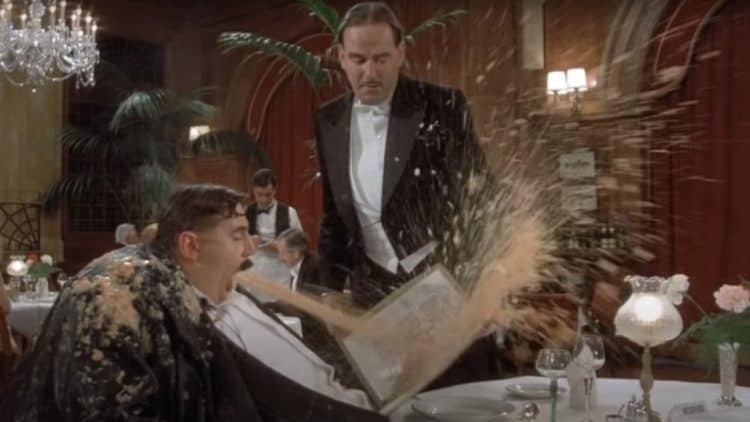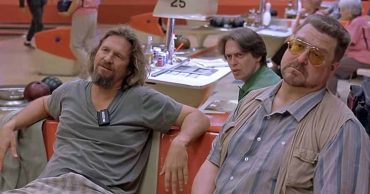
Creating Convincing Vomit Scenes in Film and Television
Who would have thought that fake vomiting could be such a fascinating topic? It turns out there are numerous ways to depict a convincing puking scene, and various mixtures are designed and kept on hand to provide the right volume, thickness, and appearance. After all, when a character loses their lunch on screen, it’s crucial that the audience believes it as much as possible. Throughout the history of movies, there have been several tricks and cheats used to achieve this effect, often to keep things within budget and maintain a sense of realism without going into too much detail.
Vomiting off-screen, into a bucket, over a ledge, or just anywhere out of sight is a common technique to keep things believable while sparing the actors from actually having to regurgitate. The concoctions used to create fake vomit can be so convincing that they might make some people gag just by looking at or smelling them. Directors want the perfect shot when it’s important, and they want it to look right. Unfortunately for the actors, this sometimes means holding these horrid mixtures in their mouths until they can finally let it out.
The Puke Sleeve and Other Ingenious Methods
A puke sleeve is a device that has been used for years to create the illusion of vomiting. It consists of a tube threaded through the actor’s sleeve and connected to a specialized bladder that can be squeezed or powered by a more forceful mechanism. This creates a geyser of fake vomit that, while disgusting, can also be quite amusing. This effect was used in the movie Problem Child 2, when Junior cranked up the Tilt-A-Whirl to its max speed, causing several characters to spew copious amounts of vomit in a continuous stream.
Another example can be seen in The Sandlot, where the characters lean over the side of a ride after suffering the ill effects of chewing tobacco combined with the ride’s gyrations. In these cases, the vomiting is more comedic than realistic, but it still serves its purpose in the story.
When to Show, and When to Imply
Sometimes, implying that a character is puking is a far better option, as it spares the sensibilities of the audience. The desired level of realism varies from director to director, and some prefer to show the actual act of vomiting in all its gory detail. In these cases, the mixtures used can be truly horrific, and one can’t help but feel sympathy for the actors who have to endure this part of the job. It’s likely that they need a thorough shower and teeth-brushing session after filming such scenes.
In the movie Scary Movie 2, for example, the actors at the beginning of the film were doused in green fake vomit, likely requiring multiple clean-ups between takes. While vomit can be used for comedic effect, there are also times when it’s simply gross and used to make a point or complete a scene in some way. There are even instances when the inclusion of vomit doesn’t make much sense, such as in Crank 2, when Lauren Holly’s character vomits immediately after her patient is shot in the head following a freak accident during a chase scene.
The Importance of Vomiting Scenes in Film
There are times when a vomiting scene might actually be necessary for a movie, and times when it feels like it’s included for no better reason than the director’s whim. It’s hard to pinpoint exactly why these scenes are important at certain times, but occasionally they do add a touch of realism and gravitas to a situation. The techniques used to create these scenes can be quite imaginative and, in some cases, downright disgusting. But one thing is for sure: the art of fake vomiting in movies and TV shows is a fascinating behind-the-scenes aspect of the cinematic universe.
 Follow Us
Follow Us





